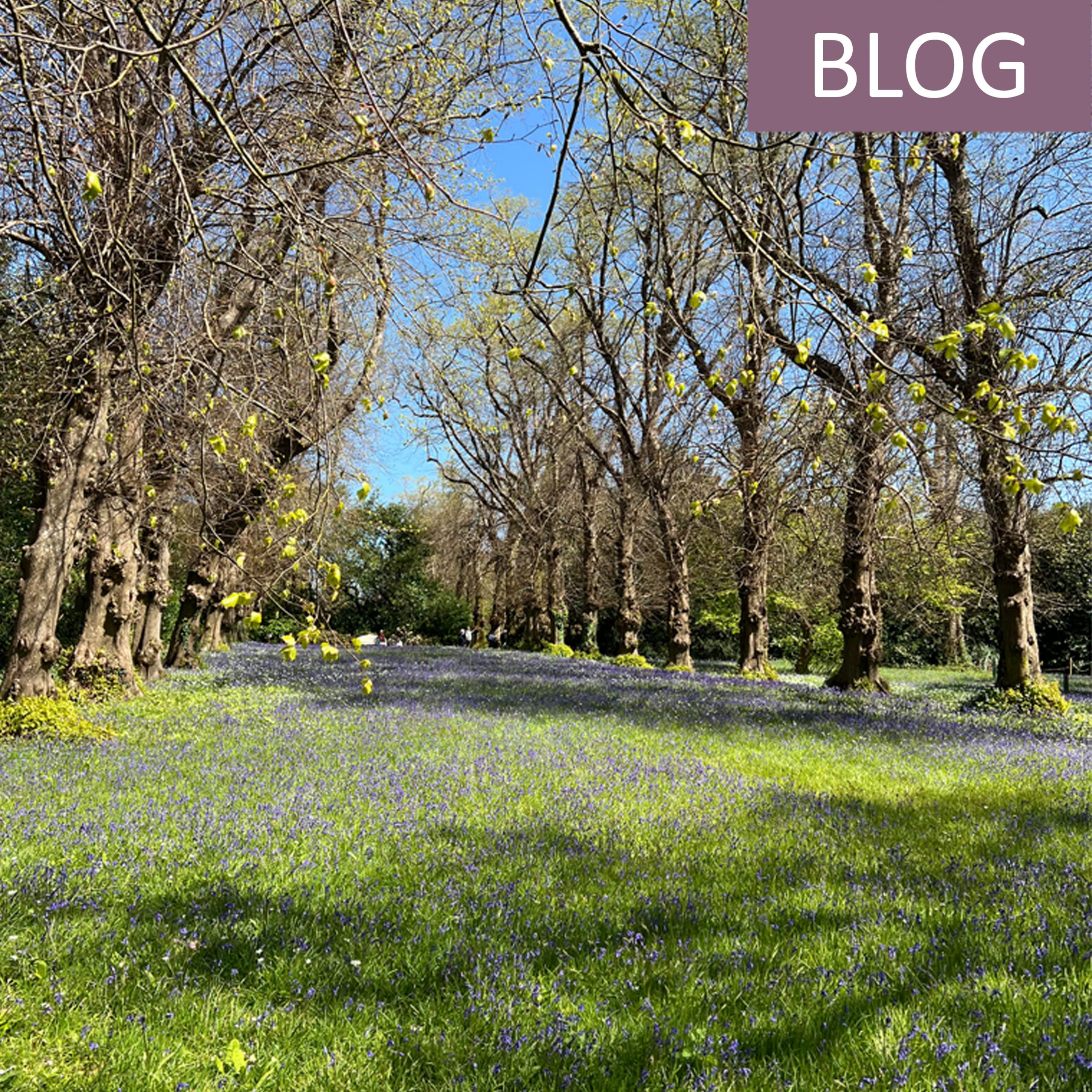By Laura Potts MRTPI, Planning Consultant, CAD Planning
What is Biodiversity Net Gain?
Biodiversity Net Gain (BNG) became mandatory in England on 12th February 2024 for major developments and from 2nd April 2024 for small sites.
It is important legislation that will have an impact all kinds of developments. It aims to ensure that habitats for wildlife are left in a measurably better state than they were before the development took place.
In England, BNG is mandatory under Schedule 7A of the Town and Country Planning Act 1990 (as inserted by Schedule 14 of the Environment Act 2021).
Developers must deliver a BNG of 10%. This means a development will result in more or better quality natural habitat than there was before development.
Although this has been in development for years, it has not attracted headlines recently and may therefore be ‘under the radar,’ but it is very significant legislation for developers.
Developers in Cornwall should be fully aware of this requirement as Cornwall Council introduced a 10% net gain for major applications back in March 2020. However, the Cornwall Climate Emergency Development Plan Document includes minor developments in its net gain policy. Minor developments will therefore soon need to use the recently released small sites metric.
Measuring BNG
Biodiversity value is measured in standardised biodiversity units. A habitat will contain a number of biodiversity units, depending on things like its:
⦁ size
⦁ quality
⦁ location
⦁ type
Biodiversity units can be lost through development or generated through work to create and enhance habitats.
When considering biodiversity value, developers should consult an ecologist. They will:
⦁ measure the biodiversity value of the existing habitat
⦁ advise on suitable habitat creation or enhancement for the land
There is a statutory (official) biodiversity metric, which must be used to measure how many units:
⦁ a habitat contains before development
⦁ are needed to replace the units of habitat lost and to achieve 10% BNG
How can developers achieve BNG?
There are three broad routes to achieving the goal of at least 10% BNG:
- Developers can create biodiversity on-site (within the red line boundary of a development site).
- If developers cannot achieve all of their BNG on-site, they can deliver it through a mixture of on-site and off-site. Developers can either make off-site biodiversity gains on their own land outside the development site, or buy off-site biodiversity units on the market.
- If developers cannot achieve on-site or off-site BNG, they must buy statutory biodiversity credits from the government. This should be a last resort. The government will use the revenue to invest in habitat creation in England.
Developers can combine all three of these options, but they must follow the steps in order. This order of steps is called the biodiversity gain hierarchy.
The Biodiversity Gain Plan
Upon granting planning approval, a Biodiversity Gain Plan must be submitted and approved by the local authority, before any lawful development can begin.
The Biodiversity Gain Plan is a document which sets out how a development will deliver biodiversity net gain and allows the planning authority to check whether the proposals meet the biodiversity gain objective.
It is also important to note that the gain is to be secured for at least 30 years.
Many developers will want to ensure that the above conditions are met by including the Biodiversity Gain Plan in their planning application.
Local authorities have the power to set a net gain target that is higher than 10%, if they believe this is necessary in order to deliver their local strategies and plans.
Overview
It is positive news that, after a number of delays, this legislation has now finally come into force. If it is successful, it could help restore many thousands of natural habitats.
England is something of a pioneer in this field. Other countries around the world are watching to see how successful BNG is and may want to follow up with similar schemes of their own.
As with any planning legislation change, this does place a further burden on local authorities in terms of the resources and training required in order to implement and police the new rules.
Some have also questioned whether there is sufficient availability of the skilled ecologists that will be needed to advise local authorities on habitat restoration.
Other observers have pointed out that legislation of this kind can fail if it is not monitored and enforced. This again will increase the burden on local authorities. The net gain must be secured for a period of 30 years, but it is not clear how this requirement will be measured.
What is very clear is that this new legislation must be factored into the strategy for any new development site, at the earliest stage possible – including initial site assessment. This can help ensure that the full requirements of BNG are met successfully and it doesn’t become an obstacle to development.
Speak to the expert team at CAD Planning and we can guide you through each step of the process.
Get in touch with us at info@cad-planning.co.uk
